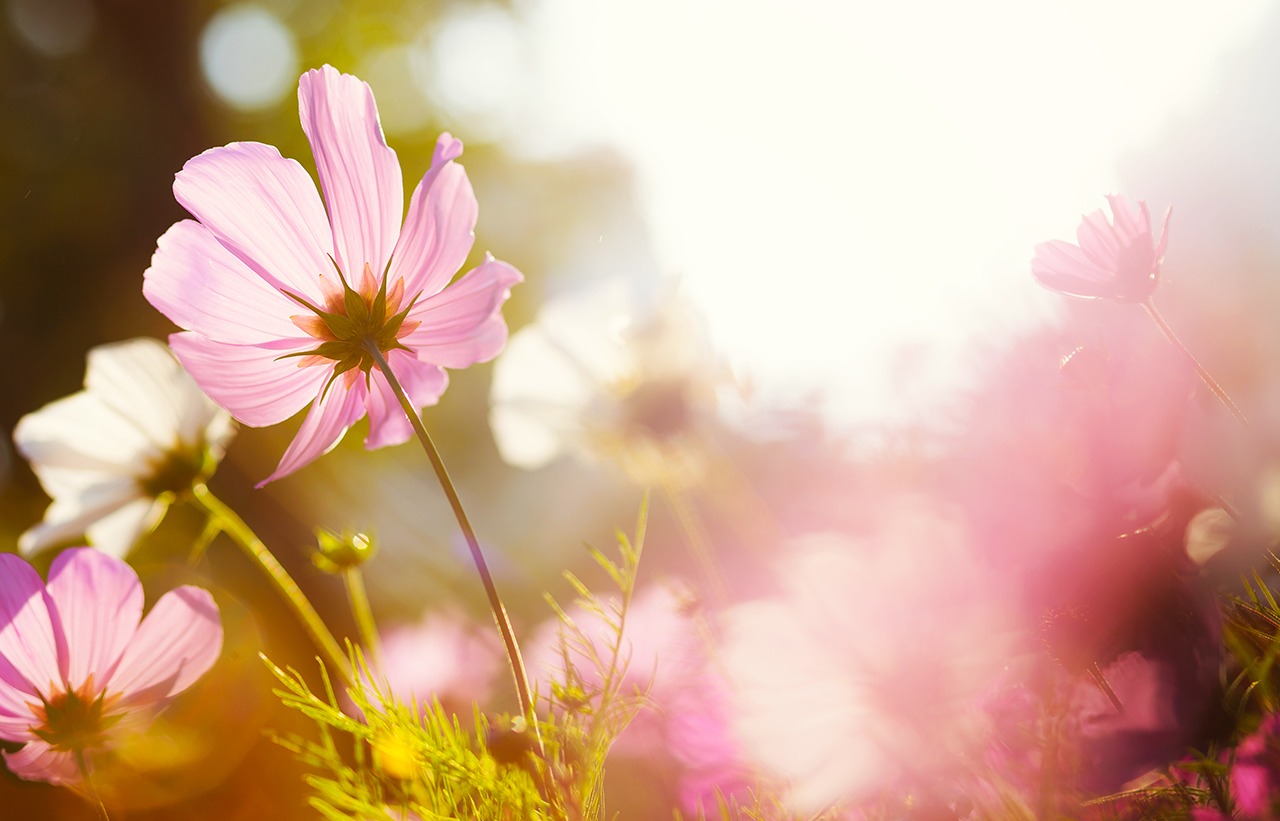
Overall, plants are naturally equipped with a variety of mechanisms to protect themselves from extreme temperatures, which allows them to survive and thrive in a range of environments.
by John Bagnasco
Here are some examples of how plants protect themselves from extreme heat:
During periods of extreme heat, plants conserve water by closing their stomata, small pores on their leaves that allow for gas exchange. Potted plants will probably want to be watered more than once a day during a heat wave. The next best time to water during hot weather is in the early evening. Trees and plants in or near irrigated grass yards will often want more frequent watering as they can become spoiled and often have shallower root systems.
Some plants have the ability to tolerate high temperatures by producing specific heat-shock proteins that protect their cells from damage.
Some plants orient their leaves in a way that minimizes exposure to the sun during the hottest part of the day. Shade cloth offers partial and temporary protection from the sun for garden plants and it is available at garden centers in a variety of sizes and shade factors. ‘Shade factors’ refer to the degree of blocked sunlight, and can range from 25% – 90%. Sensitive plants like salad greens may require a 50 – 60% shade factor, while more heat-tolerant plants like squash and beans may benefit from a 30% shade cloth.
Some plants, such as cacti and succulents, have thick, fleshy stems that store water and can help them survive in hot, arid environments.
Water container plants generously, ideally in the evening, once the sun has moved off the garden, which will allow plenty of time for the water to penetrate into the soil before temperatures rise again the next day. Tender potted plants may need to be brought indoors during periods of high heat that are coupled with drying winds.
